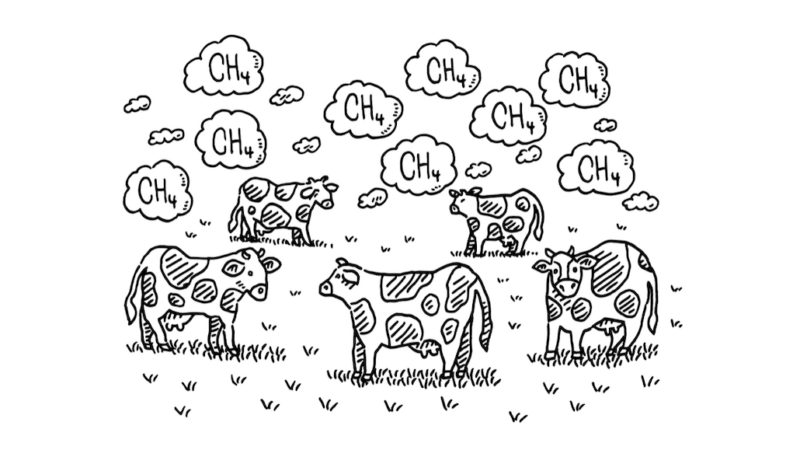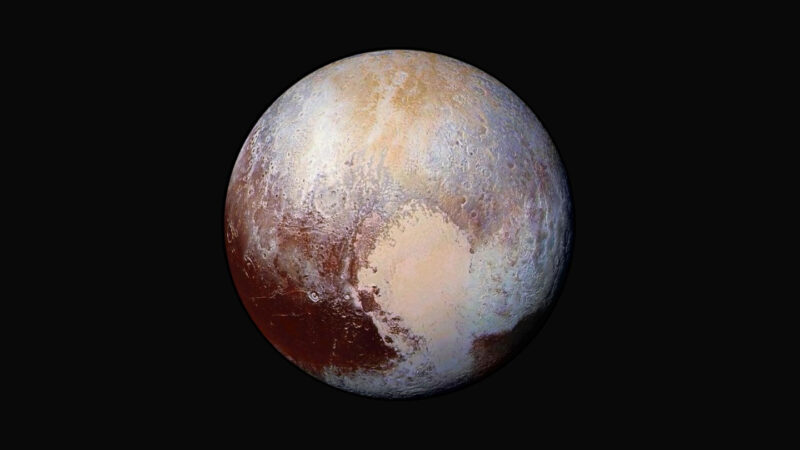The beluga whale wears its heart on its sleeve — or rather, its forehead.
Every beluga (Delphinapterus leucas) has a big bulge on its forehead called its “melon.” This fat-filled bump helps aim the sound waves a beluga makes for echolocation. But this squishy organ might also be used for communication. Now, researchers have cataloged the expressions that belugas in captivity seem to make with this wobbly forehead fat.
Belugas mold their melon using muscles and connective tissue. They can extend the melon forward until it juts over their lips. This shape looks sort of like the bill of a baseball cap. Belugas can also mush their melon down until it’s flat against their skull. Or lift it upward to create a fleshy top hat. They can even shake it with enough force that it jiggles like Jell-O.
“If that doesn’t scream ‘pay attention to me,’ I don’t know what does,” says Justin Richard. “It’s like watching a peacock spread their feathers.” Richard studies animal behavior at the University of Rhode Island in Kingston. His team shared its new findings March 2 in Animal Cognition.
Making faces
Before Richard became a scientist, he spent a decade as a beluga trainer. He worked closely with the animals at Mystic Aquarium in Connecticut. “Even as a trainer, I knew the shapes meant something,” Richard says. “But nobody had been able to put together enough observations to make sense of it.”
From 2014 to 2015, he was part of a group that recorded interactions between four belugas at Mystic Aquarium. This footage revealed that the belugas make five distinct melon shapes. The scientists dubbed these flat, lift, press, push and shake. When interacting socially, the whales sported an average of nearly two shapes per minute.
It’s not clear whether belugas make these shapes on purpose. It’s possible the animals make them unconsciously when having different emotions. But belugas made 93 percent of the shapes when another beluga could see them. So Richard suspects they’re likely purposeful signals.
Shake and press are proving harder to interpret. “There are probably some [fine details of the shapes] that are meaningful to them [but] that are difficult for us to pick out,” Richard says.
The team confirmed its findings from the first four belugas in a larger group of captive whales. Fifty-one belugas at MarineLand Canada in Niagara Falls showed the same melon shapes as the Mystic whales.
Visual vocabulary
The five shapes described in this study may just be the tip of the iceberg, Richard says. Scientists have yet to track how these whales use their melon in the wild. It would be especially interesting to see how they move it during key behaviors, such as group foraging. Or when mother belugas interact with their calves.
The findings establish a shared vocabulary for the melon expressions, says Malin Lilley. She works at Texas A&M University–Central Texas in Killeen. Other researchers, she says, can now build on this as they work to decode beluga communication. Lilley herself studies marine-mammal behavior and cognition but did not take part in the new study.
Two belugas at an aquarium bob their heads up and down, shaking their blobs of forehead fat — called melons — at one another. One of five distinct melon shapes that the whales make, “shake” seems to be associated with mating.
Labeling melon shapes is key to understanding belugas, Lilley says. But it’s also just plain cool to have words for the squishy expressions she’s seen in her years studying these whales.
Richard and Lilley are both eager to learn how melon shapes interact with belugas’ voices. These whales let out a near-constant stream of whistles, chirps, squeals and clicks. That chatter has earned belugas the nickname “canaries of the sea.”
If wild belugas make these kinds of expressions in murky Arctic waters, then “there must be important information that’s being transmitted,” Richard says. “There’s got to be a reason they spend so much time doing it.”





